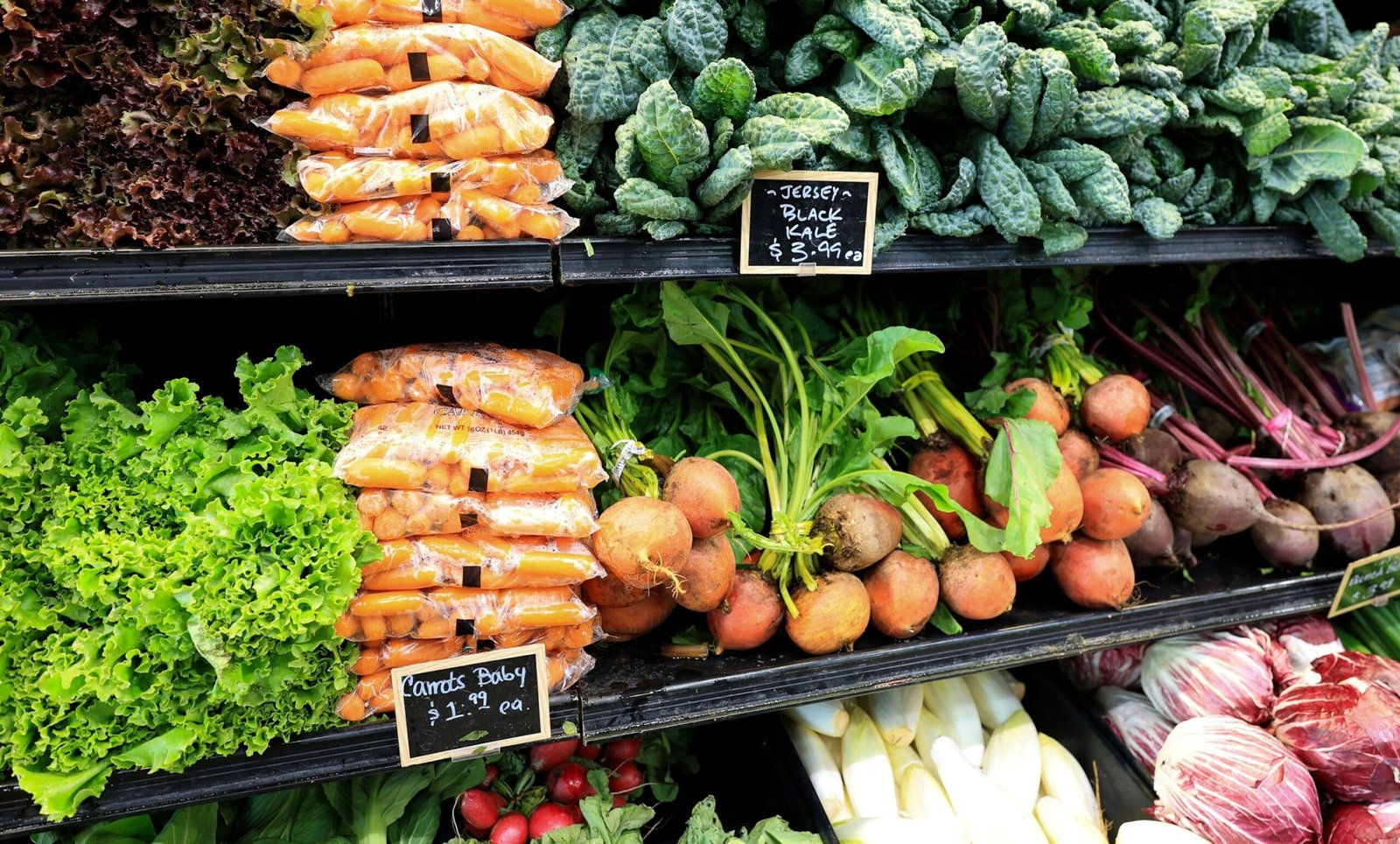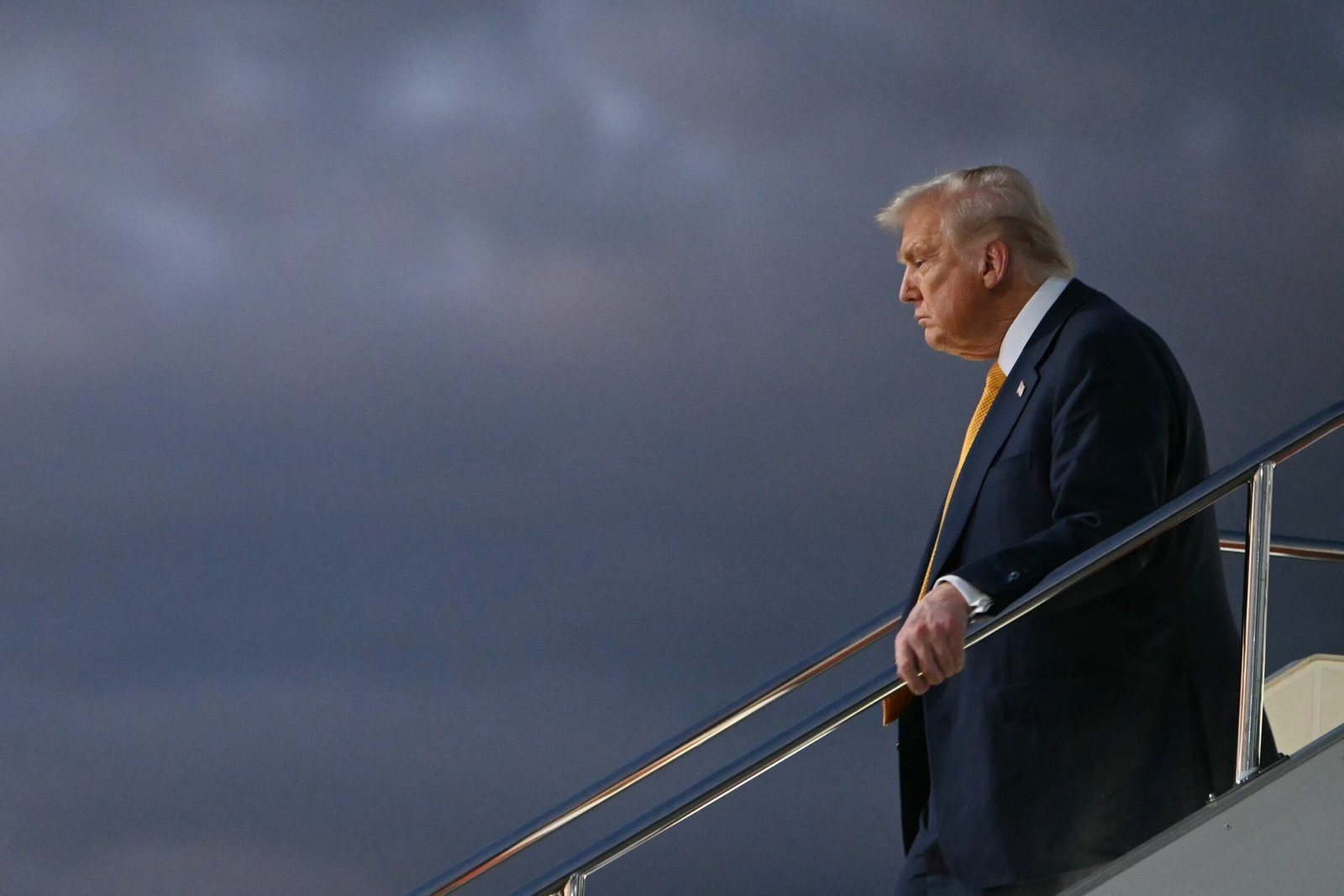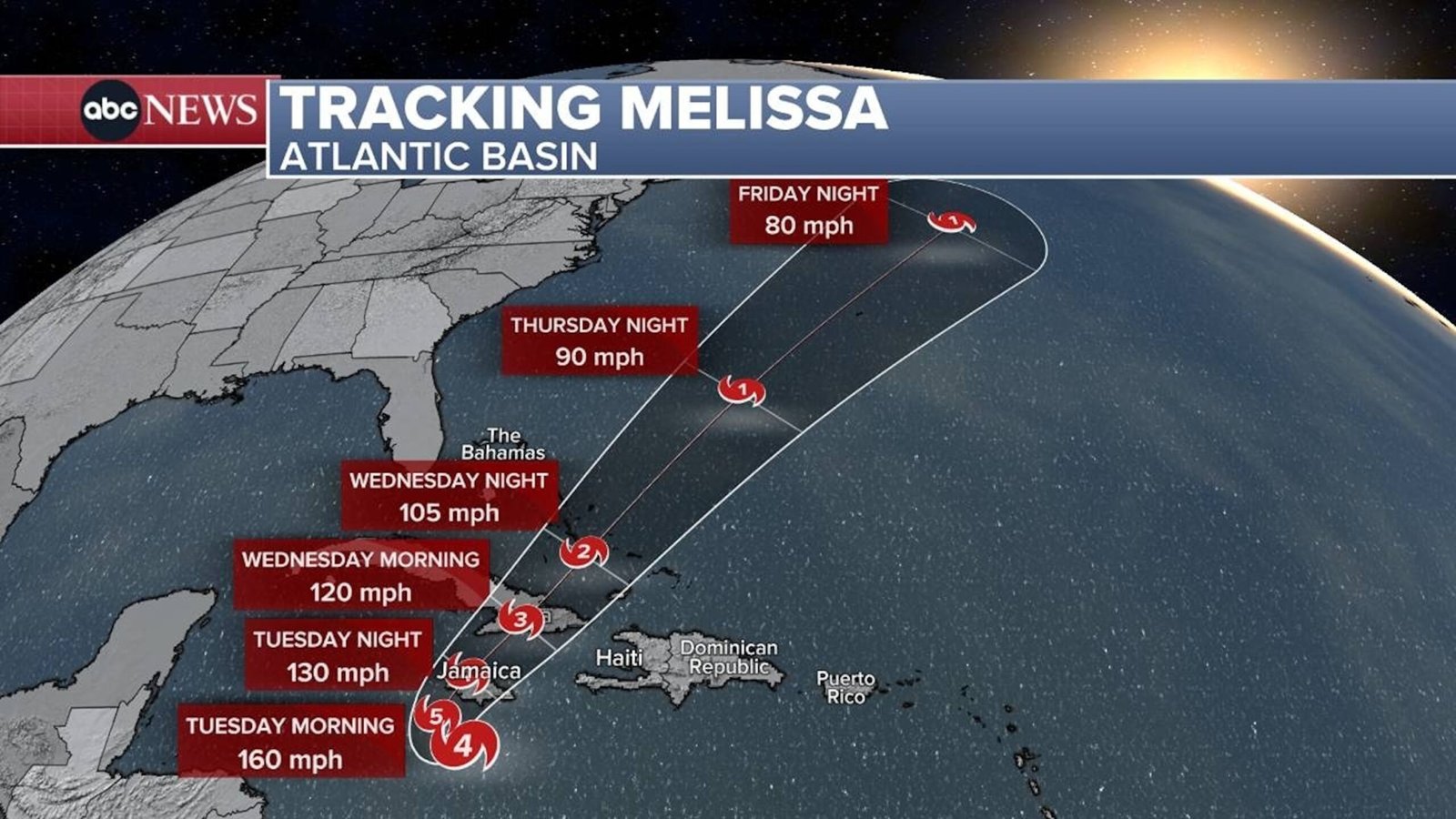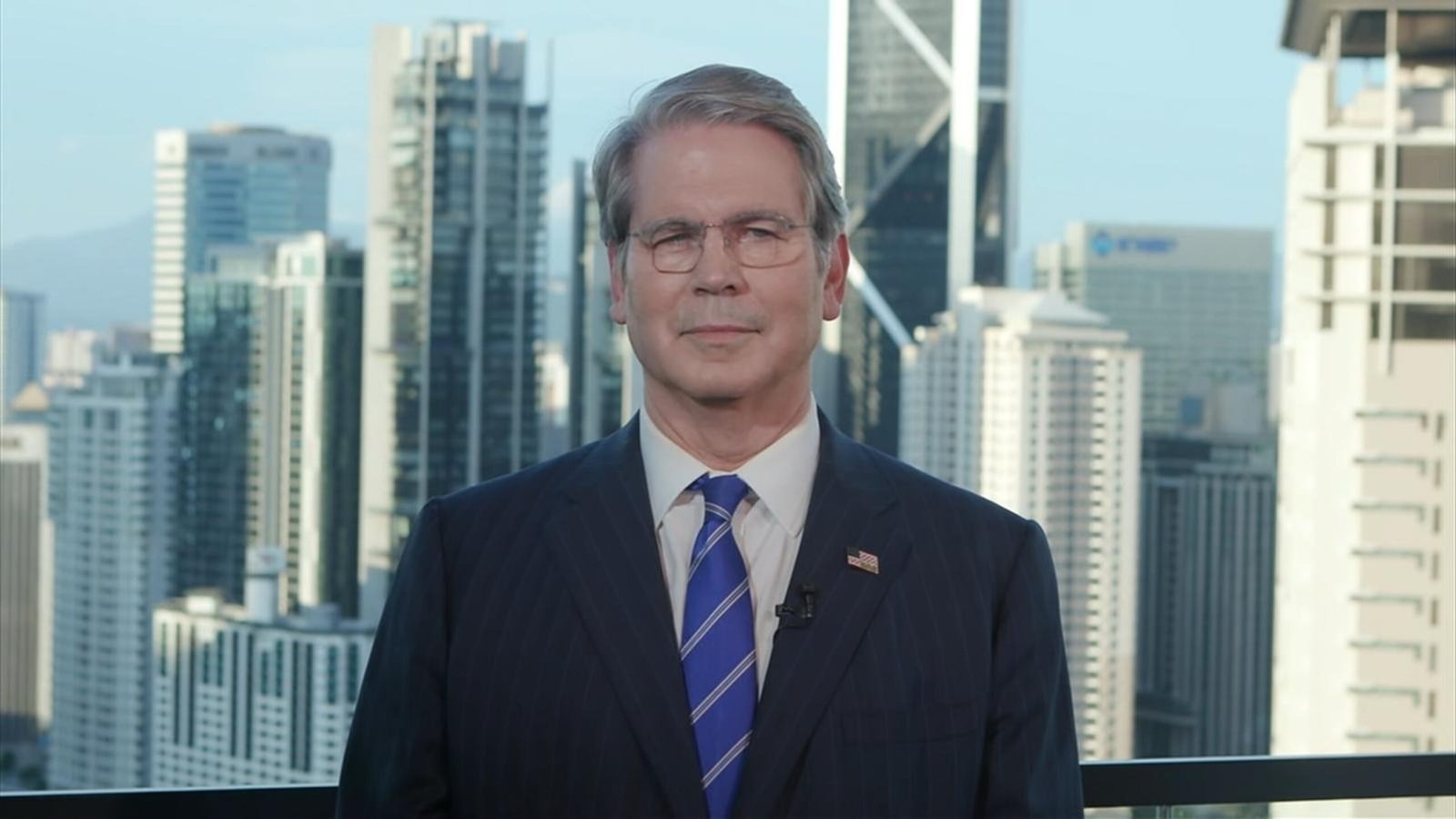Consumer prices rose 3% in September compared with a year ago, extending a month-long rebound that has pushed inflation to its highest level since January, government data showed on Friday. The reading was lower than economists’ expectations.
The new data marked a slight increase from the 2.9% year-over-year increase recorded the previous month.
The data came more than a week later than originally expected, as the government shutdown has severely crippled the release of information on the economy.
The latest acceleration in price increases comes at an unstable time for the country’s economy. In recent months, inflation has risen while hiring has slowed, posing the risk of an economic double whammy known as “stagflation.”
Economic conditions have put the Federal Reserve in a bind. If the Federal Reserve raises interest rates as a means of protecting against tariff-induced inflation, it risks pushing the economy into a recession. On the other hand, if the Federal Reserve cuts rates to stimulate the economy amid a slowdown in hiring, it threatens to boost spending and worsen inflation.
Last month, the Federal Reserve cut its benchmark interest rate by a quarter percentage point, opting for its first interest rate cut this year in an effort to revive the labor market.
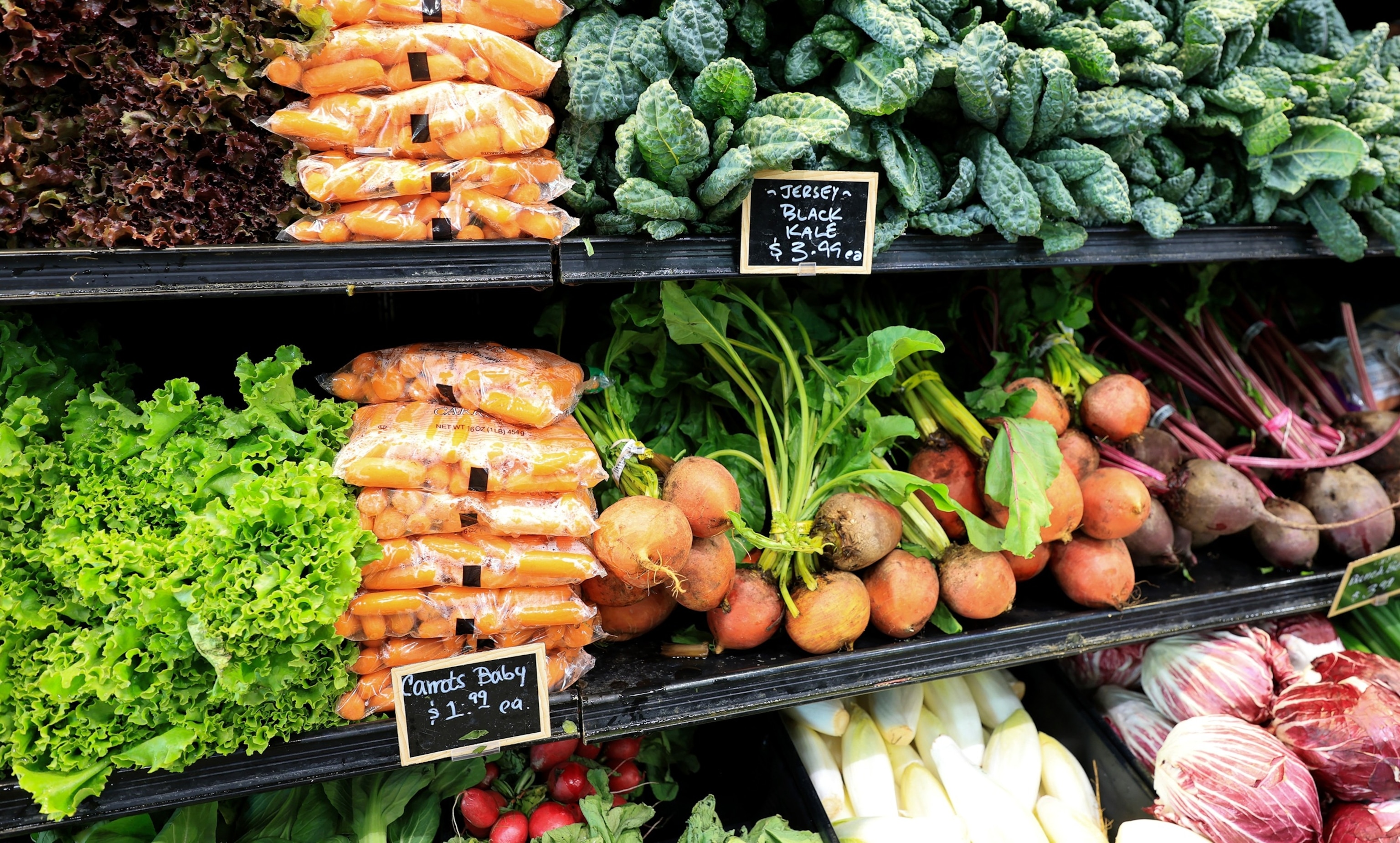
Vegetables on display at a grocery store, August 15, 2025 in Delray Beach, Florida.
Joe Raedle/Getty Images
“It’s a challenging situation when our goals are in tension like this,” Powell said, but added that the balance of risks had tilted toward greater concern about slow hiring.
Policymakers are widely expected to make an additional quarter-point cut when they meet next week, according to CME FedWatch Toola measure of market sentiment.
But a high inflation reading on Friday could give Fed officials pause, as a rate cut would increase the likelihood of a surge in demand that drives prices up even further.
In recent months, tariffs have contributed modestly to the rebound in overall inflation, analysts previously told ABC News, but the overall price increases were largely due to an increase in housing and food products with little connection to Trump’s taxes.
Last week, President Donald Trump threatened to impose 100% tariffs on all products made in China starting November 1 in response to restrictions placed on rare earth minerals. Beijing has publicly stood firm on its policy, leaving both sides in a stalemate with huge implications for the price of consumer goods imported from China.

